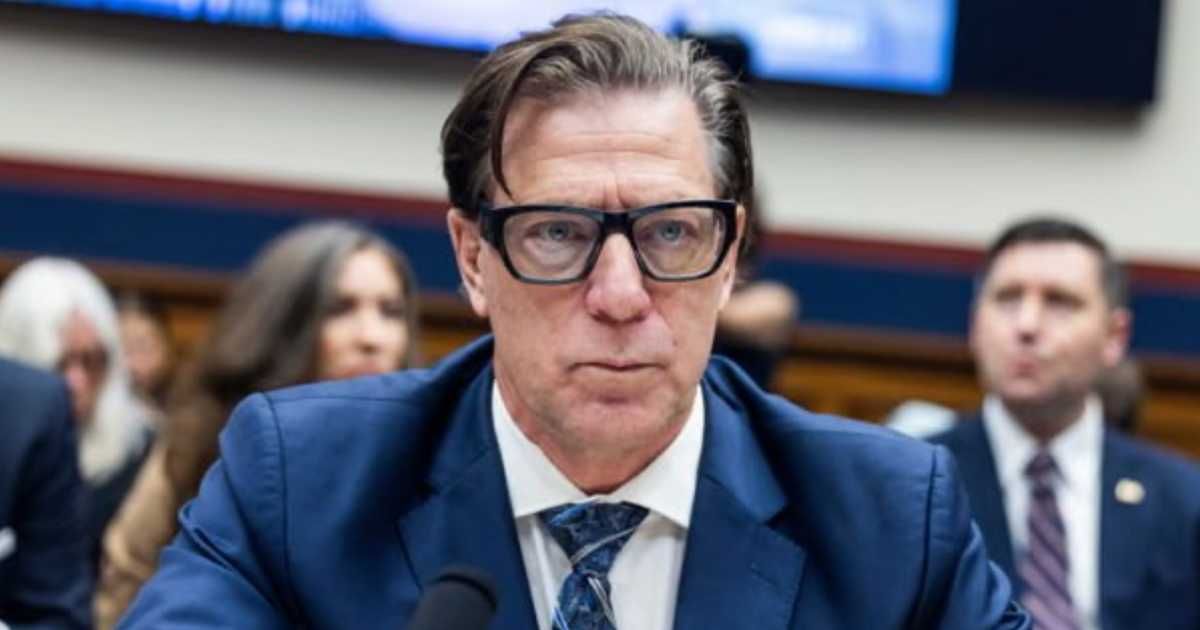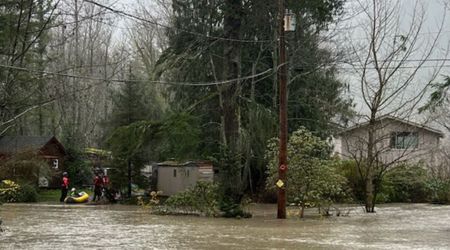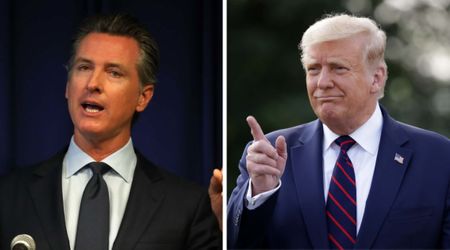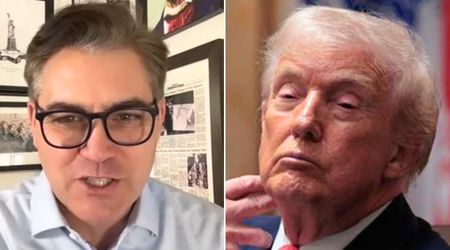Acting FEMA head David Richardson resigns after 6 months amid being panned for Texas floods response

WASHINGTON, DC: Acting Federal Emergency Management Agency chief David Richardson has stepped down after nearly seven tumultuous months in the role, resigning on November 17 as the agency continues to reel from internal shake-ups, staffing cuts and public criticism of its weakened disaster-response capacity.
Richardson’s departure comes as FEMA faces growing scrutiny from Congress, the Department of Homeland Security and disaster victims across the country. His resignation lands just weeks after new revelations about his absence during the catastrophic Texas floods, which killed at least 130 people earlier this year.

Texas flood controversy resurfaced as David Richardson was unreachable for days
A major flashpoint in Richardson’s tenure resurfaced this fall when additional details emerged about his lack of involvement during the early hours of the Texas disaster.
In September, The Post reported that Richardson was unreachable during the critical first 48 hours of the floods. He had been on a weekend trip with his two sons and did not join the ongoing disaster response until Sunday evening, long after rivers had overtopped levees and swept through communities.
STANTON: Do the victims and survivors in Texas deserve an apology?
— Aaron Rupar (@atrupar) July 23, 2025
FEMA ACTING ADMINISTRATOR RICHARDSON: What happened in Texas is an absolute tragedy
STANTON: I'll take that as a no pic.twitter.com/VHPQZ6S2Ts
A senior official later told the outlet that Richardson’s network password had expired on July 3, just hours before torrential rains triggered fast-moving floods. Despite receiving warning emails to reset it, he failed to do so, leaving him locked out of FEMA systems as the crisis unfolded. He did not regain access until the evening of July 6.
During that holiday weekend, FEMA officials scrambled to reach him by phone and email to approve deployments of key resources, a step required under Kristi Noem’s stricter budget oversight, which prevented the agency from dispatching specialized assets without direct clearance. As a result, FEMA struggled to rapidly deploy some of its 28 contracted search-and-rescue teams to Texas.

The delays became a central concern for lawmakers, especially as the agency continued shedding more than a third of its workforce under the administration’s downsizing push.
David Richardson becomes second acting FEMA chief to leave this year
Richardson is the second acting FEMA administrator to exit in 2025.
His predecessor, Cameron Hamilton, was forced out by Homeland Security Secretary Kristi Noem after stating in a congressional hearing that he did not support the administration’s proposal to eliminate FEMA.
Hamilton’s removal led to Richardson’s appointment, and now, seven months later, another abrupt leadership change.
Throughout my 2 decades of public service, I was constantly reminded of the reason to serve…the American people. They deserve our absolute best at all times.
— Cameron Hamilton (@CameronVA) November 17, 2025
Serving at @fema was an honor. I pray the next Administrator understands this and leads by example. pic.twitter.com/A90g8FXL2t
DHS confirmed that Karen Evans, FEMA’s chief of staff and a cybersecurity specialist, will take over as acting administrator beginning December 1. Evans previously served in multiple senior DHS roles and briefly held a nomination as undersecretary for management, which was later withdrawn over the summer.
Congress and administration officials clash over FEMA’s future
Earlier this month, Rep Robert Garcia, the ranking member of the House Oversight Committee, sent Richardson a letter demanding clarity on how FEMA intends to meet its federal responsibilities to “prepare for, respond to, and recover from disasters.”
At the same time, the White House is preparing to receive the final recommendations from the FEMA review council created shortly after Trump took office. DHS officials say the report will guide efforts to transform the agency into what they described as a “streamlined, mission-focused disaster-response force.”

Despite the controversy, the department credited Richardson with helping to identify “serious governmental waste and inefficiency.”










